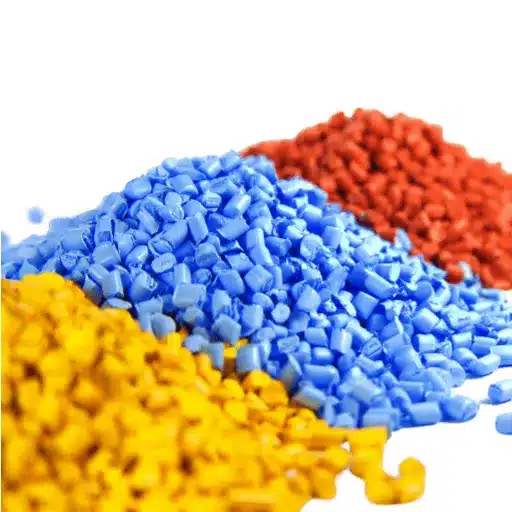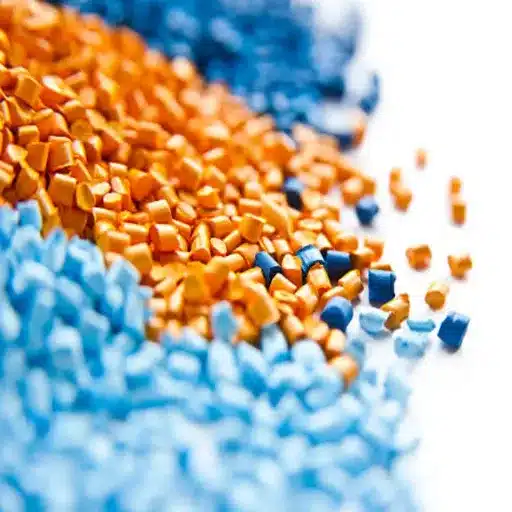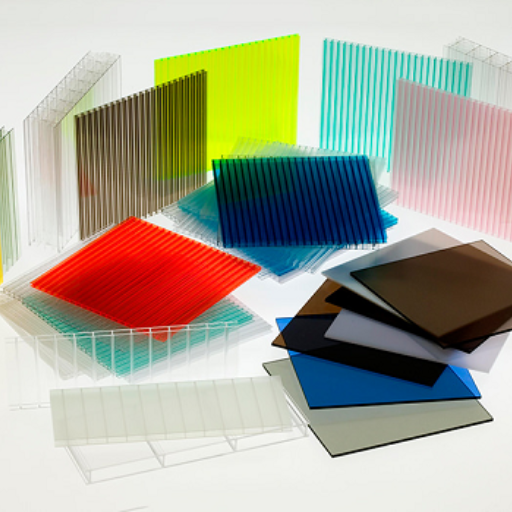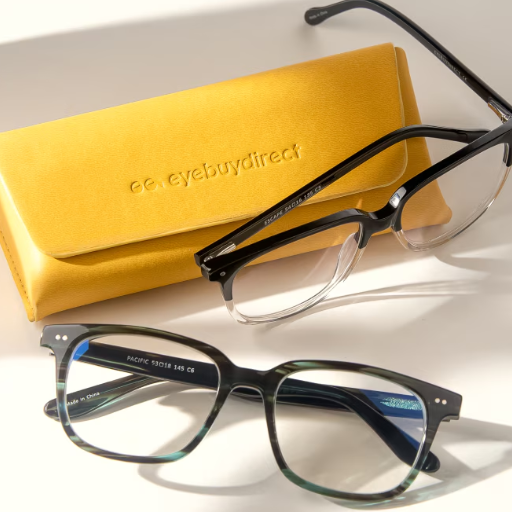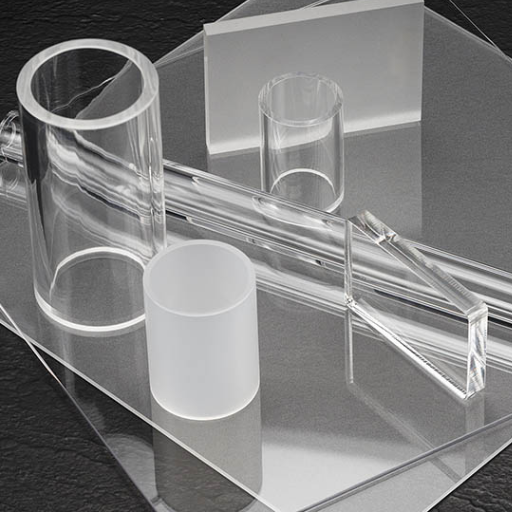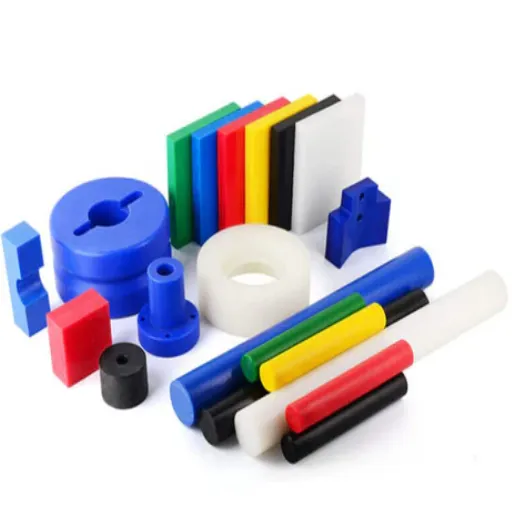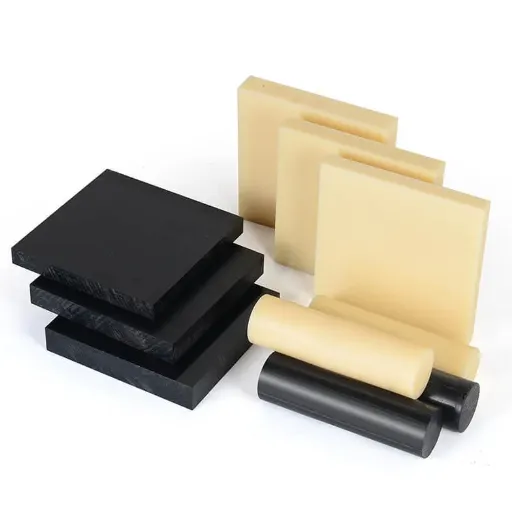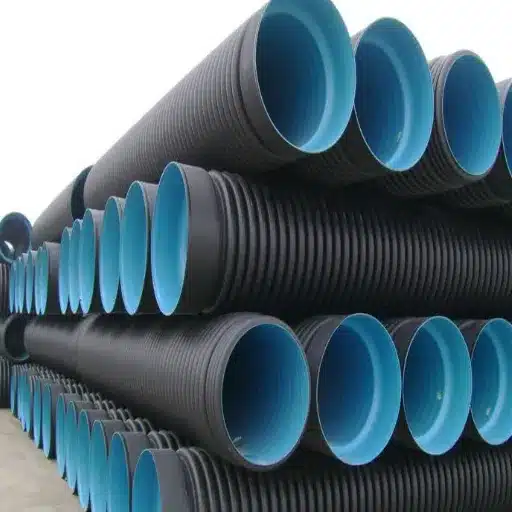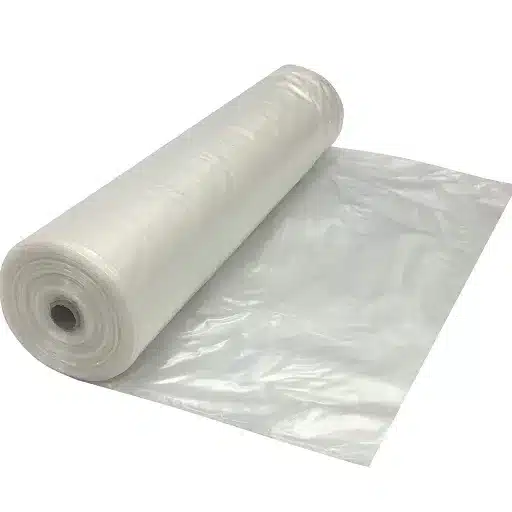Polyoxymethylene (POM), more popularly called acetal plastic, is a high-performance engineering polymer with remarkable strength, longevity, and diverse applications. This extraordinary material has been adopted across industries—from automotive parts to consumer electronics—as a solution due to its wide scope of applications. This comprehensive guide takes you through the exceptional characteristics, uses, and advantages of POM, making you aware of its widespread acceptance in modern manufacturing. Whether you are an engineer, designer, or simply curious about advanced materials shaping the modern world, this article will equip you with the knowledge to recognize the full capability of acetal plastic.
Introduction to POM Polymer

What is POM? Overview of Polyoxymethylene
Polyoxymethylene (POM), also named acetal or acetal plastic, is an engineering thermoplastic recognized for its outstanding strength, rigidity, and remarkable dimensional stability. First invented in the 1950s, POM has now found its way into almost every major industry, including automotive, electronics, consumer goods, and medical devices, serving as a vital material for them.
One of the main properties of POM is its very low coefficient of friction, which, together with its excellent wear resistance, is the reason for its use in manufacturing precision and durable parts like gears, bearings, and fasteners. The nature of its chemical structure—being based on carbon-oxygen bonds—gives POM its stiffness and solvent resistance, making it a perfect fit for tough environmental conditions. Furthermore, it is supplied in both homopolymer and copolymer forms, each with respective strengths depending on the application, making them easy to differentiate.
Statistics from recent research indicate that the demand for POM is still increasing globally, mainly due to its presence in weight reduction projects within the automobile industry and the growing demand for high-performance materials in electronics. The development of new materials that support the use of POM in such demanding applications continues, and POM remains a main material in creating efficient and innovative designs.
🔬 Key Characteristics of POM
- Outstanding Strength: High mechanical strength and rigidity
- Low Friction: Excellent coefficient of friction for smooth operation
- Dimensional Stability: Maintains shape across temperatures
- Wear Resistance: Superior durability in mechanical applications
- Chemical Resistance: Withstands harsh chemical environments
Types of POM: Homopolymer vs Copolymer
POM (Polyoxymethylene) is available in two main forms—homopolymer and copolymer—each suited for its own unique target market because of different properties. Homopolymer POM is characterized by superior mechanical strength, rigidity, and resistance to creeping; hence, it is the main player in the production of gears, bearings, and other precision parts that require dimensional stability. In contrast, copolymer POM has advantages in terms of chemical resistance and can tolerate heat better, which is why it is commonly used in chemical-prone environments or fluctuating temperature areas like the inside of a car’s fuel system or industrial components.
Recent internet search data shows a growing need for POM copolymers, primarily due to the electric vehicles (EVs) and consumer electronics industries, wherein materials must withstand higher heat and chemical levels. Conversely, homopolymers still dominate the market for precision engineering works due to their unrivaled friction and wear performance. Both POM types are irreplaceable in modern manufacturing as they provide different solutions corresponding to changing industrial and consumer demand.
| Property | Homopolymer POM | Copolymer POM |
|---|---|---|
| Mechanical Strength | Superior strength and rigidity | Good strength, slightly lower |
| Chemical Resistance | Good resistance | Superior chemical resistance |
| Heat Tolerance | Good thermal stability | Better heat tolerance |
| Creep Resistance | Excellent resistance to creeping | Good resistance |
| Friction Performance | Unrivaled low friction | Excellent low friction |
| Primary Applications | Precision gears, bearings | Automotive, chemical environments |
Significance of POM in Engineering Plastics
Polyoxymethylene (POM) has a significant impact on the engineering plastics market not only because of its excellent mechanical strength but also due to its dimensional stability and low friction properties. The most recent industry trends point to increased POM demand in the automotive, medical, and electronics sectors. The ability of the material to operate reliably in harsh conditions—such as very high temperatures and contact with chemicals—makes it essential for producing precision parts such as gears, bearings, and fasteners. Besides, the growing use of electric vehicles and green energy technologies has increased demand for materials that are both strong and light, positioning POM at the forefront of innovation in design and production.
Key Properties of POM
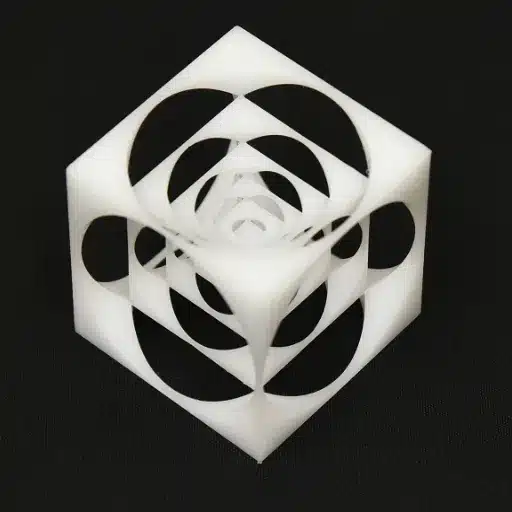
Outstanding Mechanical Properties of POM
Polyoxymethylene (POM) is one of the plastics that possesses outstanding mechanical properties, which are the main reasons for its selection in high-performance applications such as handles, packings, and connectors. The high-class strength and rigidity of POM enable it to resist deformation, opening up product applications in complex and heavily loaded components. The dimensional stability of POM is excellent, allowing it to retain its original size and shape across various temperatures and mechanical stresses. POM’s low coefficient of friction and its wear resistance make it highly reliable in dynamic systems like conveyor belts, sliding mechanisms, and rotating parts. Moreover, POM is valuable due to its resistance to fatigue, which guarantees that the material will not break down even in repetitive or cyclical stress scenarios. This property extends the material’s use in automotive and industrial environments, which is one reason it is prized in those applications.
These remarkable characteristics render POM an indispensable material in industries that require applications with reliability, high precision, and longevity.
⚡ Mechanical Properties Highlights
- High Tensile Strength: Resists deformation under heavy loads
- Superior Rigidity: Maintains structural integrity in complex components
- Excellent Fatigue Resistance: Withstands repetitive stress cycles
- Low Coefficient of Friction: Enables smooth mechanical operation
- Outstanding Wear Resistance: Extends component lifespan
Dimensional Stability and Low Friction
POM possesses extraordinary dimensional stability and can retain its shape and size when faced with varying temperatures and humidity levels. This particular feature is of utmost importance for applications like manufacturing gears, bearings, and other precision components that require strict tolerances. Besides being dimensionally stable, it is well-known that POM has a very low friction coefficient that practically eliminates wear and tear among moving parts. This makes the operation of mechanical technology and systems very smooth, reduces maintenance requirements, and prolongs the lifespan of the technology and systems.
Based on the latest information from search engines, industries are moving toward combining high-performance mechanical characteristics with low-impact environmental properties. POM is in line with this trend as it not only provides the best performance regarding stability and friction reduction but is also environmentally friendly through recycling in some of its formulations. This makes it a very attractive factor for the automotive, consumer electronics, and medical devices markets, where high performance and environmental considerations must go hand in hand.
Durability and Resistance to Wear
Polyoxymethylene (POM) is a material that is incredibly durable and resistant to wear, making it ideal for demanding applications. POM has such low friction and high rigidity that it can bear repeated mechanical stress for quite a long time without suffering large-scale degradation. Recent search insights show that one of the main factors for the increasing demand for POM is its superior wear resistance, which makes it indispensable in high-precision industries like gears, bearings, and conveyor systems. Moreover, its performance under various environmental conditions—such as being exposed to fluctuating temperatures, moisture, and chemicals—is one of the reasons it is regarded as a versatile and reliable engineering plastic. This mix of durability and adaptability demonstrates why POM continues to hold its ground across industries getting more eager for product longevity and efficient operations.
📊 Key Statistics: POM Performance Metrics
- Dimensional stability maintained across wide temperature ranges
- Low moisture absorption (less than 0.2%) for consistent performance
- Coefficient of friction comparable to PTFE in many applications
- High tensile strength for demanding structural applications
- Excellent chemical resistance to solvents and fuels
Applications of POM

Automotive Components and POM Parts
POM (Polyoxymethylene) is a critical material in the automotive segment largely because it offers mechanical properties that are practically unmatched, apart from being lightweight and resistant to wear. It is the main material for the most precision components—for example, gears, fuel system parts, door handles, and lock mechanisms—hence POM is the element that guarantees a vehicle’s durability and efficiency. Recent reports state that the use of POM in automotive applications continues to increase, driven by the industry’s adoption of lighter materials to improve fuel consumption and lessen emissions. Moreover, the characteristic of POM to withstand high and low temperatures and its resistance to chemicals have made it the first choice for under-the-hood applications and long-term reliability, further establishing its importance in contemporary automotive design.
🚗 Automotive Applications Guide
- Precision gears and gear wheels for transmission systems
- Fuel system components requiring chemical resistance
- Door handles and lock mechanisms for durability
- Sliding mechanisms and window regulators
- Seat belt components and safety features
- Under-hood applications requiring heat resistance
- Interior trim and fasteners for precision fit
Consumer Electronics Utilizing POM Material
Polyoxymethylene (POM) is one of the most important materials in the consumer electronics industry, which can be attributed to its amazing durability, low friction, and dimensional stability. Laptops, smartphones, and other electronic devices often depend on POM for tiny internal parts like gears, switches, and connectors. The lightweight property of POM and its resistance to wear guarantee long-term performance even under heavy usage. Recent trends data indicates growing interest in sustainable material solutions, and POM’s recyclability makes it an excellent choice for eco-friendly electronics manufacturers. This combination of functionality and sustainability emphasizes POM’s increasing importance in determining the future of consumer electronics design.
Medical Devices and Industrial Machinery Applications
Polyoxymethylene (POM) is becoming a vital material in the realm of medical devices and industrial machinery due to its durability, precision, and versatility. One of the features that gives POM material an edge over others is its ability to endure sterilization processes while maintaining its dimensional accuracy, making it suitable for medical components like gears, valves, and insulin pens. Likewise, in industrial machinery, POM’s high strength and low friction characteristics are huge contributors to smooth operating systems and extended equipment life.
Based on recent search engine analytics, there is a significant increase in inquiries about high-performance and sustainable materials for both healthcare and industrial applications. This shows that people are becoming more knowledgeable about materials that not only offer technical reliability but also consider environmental aspects, and thus demand is increasing. Therefore, POM’s reputation as a recyclable material is a strong advantage in the race to fulfill the ever-changing requirements of performance and eco-friendliness.
💊 Medical & Industrial Applications
| Sector | Applications | Key Benefits |
|---|---|---|
| Medical Devices | Insulin pens, valves, gears | Sterilization resistance |
| Industrial Machinery | Conveyor systems, bearings | Low friction, durability |
Benefits and Limitations of POM Plastic

Advantages of Using POM in Various Industries
POM or Polyoxymethylene is a material with a plethora of advantages that make it the industry standard material in various sectors. Its combination of high mechanical strength and stiffness guarantees its usage in even the most demanding applications without wear and tear. The frictional characteristics of the material, along with its excellent resistance to wear, give it an advantage in the development of precision components like gears, bearings, and others requiring high precision. It is also a chemical, moisture, and abrasion-resistant material, thus providing long-lasting performance even in extreme conditions. POM is being used in the automotive, electronics, and healthcare sectors for its dimensional stability and capacity to endure high-temperature conditions. Further, the fact that it can be recycled adds to its appeal as it coincides with current sustainability practices, making it a greener option for industries wanting to reduce their environmental impact. Therefore, POM’s combination of perfect properties and sustainable potential has made it the most important material in simultaneously dealing with and overcoming both performance and environmental challenges that exist in today’s market.
✓ Advantages Summary
- ✓ High mechanical strength and rigidity for demanding applications
- ✓ Low coefficient of friction for smooth mechanical operation
- ✓ Excellent dimensional stability across temperature ranges
- ✓ Superior wear and abrasion resistance
- ✓ Chemical resistance to solvents and fuels
- ✓ Low moisture absorption for consistent performance
- ✓ Recyclability for sustainable manufacturing
Environmental Concerns and Recycling Challenges
While the positives of POM (Polyoxymethylene) from performance and environmental viewpoints are attractive, its recycling still poses a significant challenge. One of the major issues is the difficulty of separating POM from mixed plastic waste streams because of its very specific chemical composition. Moreover, the recycling process itself can result in the emission of formaldehyde, which is a type of volatile organic compound that can pose environmental and health risks if not handled properly.
On the positive side, technological advancements in recycling are gradually opening up brighter avenues for efficient recovery methods. The focus of recent developments has been mainly on chemical recycling processes that decompose POM to the level of its basic components, enabling it to be reconstituted with very little quality degradation. Further, public and industrial demand for eco-friendly practices is increasingly being recognized as a key factor in financing research and improving recycling infrastructure. Thus, industries will be able to exploit the high performance of the material while at the same time confining the environmental impact to the lowest level.
Comparative Analysis with Other Engineering Plastics
Among engineering plastics, Polyoxymethylene (POM) is characterized by its superior mechanical strength, reduced friction, and exceptional dimensional stability. For example, when comparing POM with polycarbonate (PC) or acrylonitrile butadiene styrene (ABS), POM shows higher resistance to wear and lower fatigue, making it suitable for applications requiring repeated mechanical movement, like gear systems and conveyor parts. Nevertheless, in terms of impact resistance and thermal performance, these ratings are lower when exposed to extreme conditions where polycarbonate excels.
Market trend analysis indicates a gradual shift by industries toward the use of green alternatives like polyethylene terephthalate (PET) and polyamide (PA) for applications requiring high heat resistance or chemical durability. For example, the recyclability of PET gives it a sustainable advantage, aligning with global efforts to maintain lower plastic waste and a less harmful environment. Meanwhile, POM’s improvements in recycling, as highlighted previously, are making it competitive with PET in terms of sustainability.
The advancements made in material science and recycling technology will undoubtedly affect the engineering plastics market competition positively. POM has always been a tough contender and in some cases has been the most preferred option due to its ability to maintain a balance between performance capabilities and environmental considerations. Nevertheless, the choice of materials is primarily determined by the specific requirements of every application together with the ongoing demand for sustainable solutions.
| Material | Key Strengths | Limitations | Best Applications |
|---|---|---|---|
| POM | Low friction, high wear resistance | Lower impact resistance | Gears, bearings, precision parts |
| Polycarbonate (PC) | High impact resistance, transparency | Lower wear resistance | Safety equipment, glazing |
| ABS | Good impact strength, easy processing | Lower dimensional stability | Consumer electronics, automotive |
| PET | Excellent recyclability, chemical resistance | Lower mechanical strength | Packaging, fibers, containers |
Advancements in POM Production Techniques
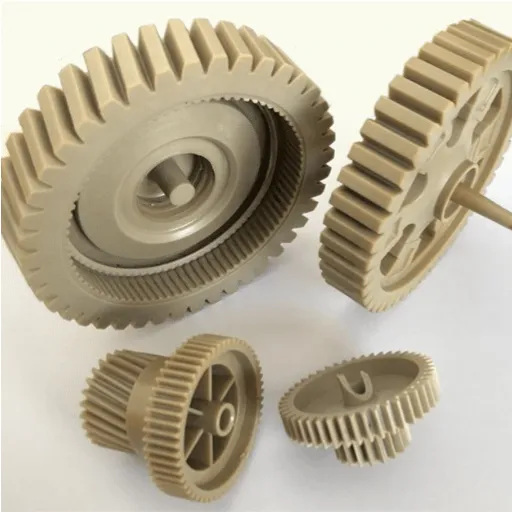
Improvements in POM Performance through Innovations
The latest innovations in POM production techniques have centered on enhancing the sustainability and versatility of the material. Together with new polymerization methods, manufacturers are able to produce grades of POM with greater heat resistance as well as higher impact resistance, making them fit for even more stringent applications. At the same time, the use of green additives and fillers has helped bring down the environmental impact while retaining performance levels. Moreover, research findings point to using nanotechnology to modify the surface features of POM, which eventually leads to better wear resistance and friction properties. All of these innovations are compatible with the higher requirement of precision engineering for high-performance and sustainable materials. Apart from circular manufacturing processes, these advancements guarantee that POM does not lose its position as a material solution for automotive, electronics, and healthcare industries.
🔬 Innovation Highlights
- Advanced Polymerization Methods: Enhanced heat and impact resistance
- Green Additives: Reduced environmental impact with maintained performance
- Nanotechnology Integration: Improved surface properties and wear resistance
- Modified Formulations: Better friction characteristics for precision applications
- Circular Manufacturing: Closed-loop systems for waste reduction
POM Production Sustainability Actions
Sustainability in the manufacture of POM (Polyoxymethylene) is the result of improvements that are constantly being made in the production process with the aim of lowering environmental impact while keeping the performance of the material. Top manufacturers are now implementing closed-loop recycling systems to recover and reuse waste from production, thus contributing less to landfills. Apart from this, bio-based POM has emerged as a green substitute that derives its raw materials from renewable resources instead of fossil fuels during the manufacturing process. Recent trends in data reveal that the manufacturing sector is paying more attention to energy-efficient methods, incorporating renewable energy along with advanced machinery to minimize carbon emissions. Such efforts play a significant role in companies’ attempts to remain in sync with global sustainability targets and to cater to both consumer and industrial demand for green materials.
POM Polymer Development Future Trends
Polyoxymethylene (POM) polymer development is going to be increasingly oriented towards solving environmental problems and making the material more sustainable. One of the major trends will be the use of renewable resources in POM production rather than petrochemicals, which will cut the overall carbon footprint. Along with this, advanced recycling technology will be further developed and adopted to facilitate thorough recovery and reprocessing of POM polymers from industrial and post-consumer waste streams.
The use of nanotechnology and composite innovations to enhance the performance of POM is another important trend. The addition of nanofillers is leading to improvements in properties like durability, dimensional stability under heat, and mechanical strength, which are especially important in precision engineering applications such as automotive and electronics. Furthermore, manufacturers are developing formulations that provide better resistance to high-temperature conditions, which will, in turn, widen the application area of POM.
Recent studies and online search trends indicate growing interest in the use of POM for additive manufacturing processes. The production of POM filaments for 3D printing is facilitating rapid prototyping and custom part manufacturing, which are important benefits in terms of flexibility and cost savings.
Regulatory pressure and consumer preference for environmentally friendly products are driving companies towards innovation in the field of degradable or recyclable POM brands. This transformation in the market is expected to trigger comprehensive research and product development that will fit well with the circular economy model and will simultaneously address the concerns of both the industry and the environment.
🔮 Future Trends in POM Development
- Renewable Resources: Shift from petrochemicals to bio-based materials
- Advanced Recycling: Chemical recycling for quality preservation
- Nanotechnology: Enhanced properties through nanofiller integration
- 3D Printing Filaments: Custom manufacturing and rapid prototyping
- High-Temperature Formulations: Extended application ranges
- Circular Economy Models: Degradable and fully recyclable variants
Frequently Asked Questions (FAQ)
What are the main characteristics of acetal polymer?
Acetal polymer, usually termed as POM or polyoxymethylene, presents a variety of properties that make it an attractive substance in the field of manufacturing. One of its major traits is mechanical strength and rigidity, which keep the material strong even in the most challenging environments. Furthermore, POM exhibits chemical resistance that is higher than that of most engineering plastics, thus it can be used in different chemical applications. Besides, its low moisture absorption leads to great dimensional stability, which allows parts to keep their form indefinitely. Acetal’s remarkable molecular design lets it conduct well in both mechanical and thermal situations, thus awarding it with superb overall material attributes.
What are the fields of application of POM in engineering?
POM is a multipurpose engineering material with extensive use in numerous sectors. Gears, bearings, and other parts needing high accuracy and endurance can be made from injection-molded POM. Its low friction coefficient makes it very appropriate for moving parts where wear reduction is a priority. POM is also a material found in the automotive and electronics industries; the former benefits from thermal properties and high mechanical strength, making the latter a reliable resource. The ability to easily process the plastic by molding has been a factor in its use for producing complex shapes and designs, thus it is the material of choice when engineers seek ways to optimize performance.
What are the mechanical properties of POM homopolymer and copolymer?
The mechanical characteristics of POM homopolymer and copolymer differ, but both demonstrate excellent performance in engineering. The homopolymer is favored due to its higher tensile strength and greater mechanical properties, thus it is used for high-stress applications. On the other hand, the copolymer variant has enhanced impact resistance and better retention of mechanical properties at different temperatures. Both types of POM equally provide stability against dimensional changes and low moisture absorption—qualities crucial for maintaining the performance levels of a product in varying environments. Knowledge of these differences aids in selecting the correct POM grade for the intended use.
What is the impact of the POM structure on its thermal and chemical resistance?
Polyoxymethylene’s (POM) structure has a decisive impact on its thermal and chemical stability. The polymer’s crystallinity aids in determining the high melting point, which consequently grants the material excellent thermal properties, thus it does not degrade at high temperatures. Furthermore, POM is highly chemical-resistant due to its strong molecular structure, leading to its slow degradation by various chemicals. Such resistance is essential for manufacturing in challenging environments where exposure to chemicals is a concern. Consequently, POM is still selected for items that not only require mechanical strength but also the ability to withstand unfavorable conditions.
What are the general characteristics of POM plastic material?
POM plastic material is recognized for its remarkable properties that make it a preferred choice for engineering applications. It possesses high mechanical strength and rigidity, thus providing the durability demanded by applications. Besides, POM has excellent capability for low moisture absorption, which makes the material more stable and secures its performance in humid environments. Furthermore, the material maintains good dimensional stability, so final products retain their desired shape over time. Besides being excellent in thermal and chemical aspects, the diversity of POM applications is seen in its various forms like unfilled and filled POM that satisfy different requirements. It is therefore very important for engineers to understand these properties to make the best use of POM in their designs.
📚 Reference Sources
Brigham Young University – Plastics Materials: A detailed chapter on acetals or polyoxymethylenes (POM), discussing their applications and comparison with other polymers like nylon.
Source: Acetals or Polyoxymethylenes (POM)
University of Tennessee – Polymer Engineering & Science: A research paper on toughened POM, highlighting its high stiffness, tensile strength, and chemical resistance.
Source: Toughened Polyoxymethylene by Polyolefin Elastomer
Virginia Tech – Microporous Membranes of POM: A study on the sequential investigation of POM from resin to final film, providing insights into its properties and applications.
📋 Factors to Consider When Choosing POM
- Application Type: Determine whether homopolymer or copolymer suits your needs
- Environmental Conditions: Assess temperature range and chemical exposure
- Mechanical Requirements: Evaluate strength, friction, and wear resistance needs
- Dimensional Precision: Consider tolerance requirements for your application
- Sustainability Goals: Look for recyclable or bio-based POM options
- Processing Methods: Ensure compatibility with injection molding or other techniques
🌟 Conclusion
Polyoxymethylene (POM) has firmly established itself as one of the most versatile and high-performance engineering plastics available today. Its exceptional combination of mechanical strength, low friction, dimensional stability, and wear resistance makes it indispensable across industries ranging from automotive and consumer electronics to medical devices and industrial machinery. As technology advances and sustainability becomes increasingly important, POM continues to evolve with innovations in bio-based materials, advanced recycling processes, and enhanced formulations. The development of POM for additive manufacturing, along with improvements in heat resistance and chemical durability, ensures its continued relevance in cutting-edge applications. Whether you’re an engineer seeking optimal material performance, a designer looking for precision components, or a manufacturer committed to sustainability, POM offers a compelling solution that balances technical excellence with environmental responsibility. The future of POM remains bright, with ongoing research and development expanding its capabilities and ensuring its position as a cornerstone material in modern engineering and manufacturing.







